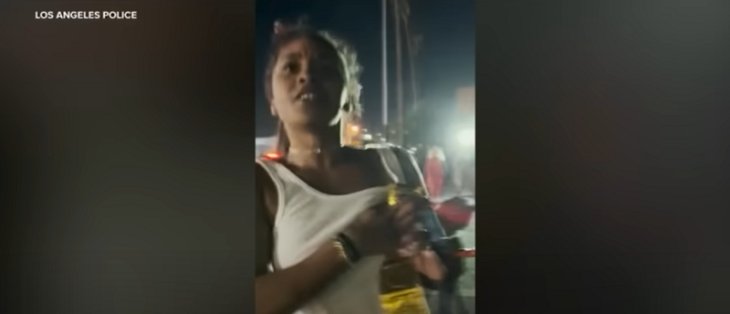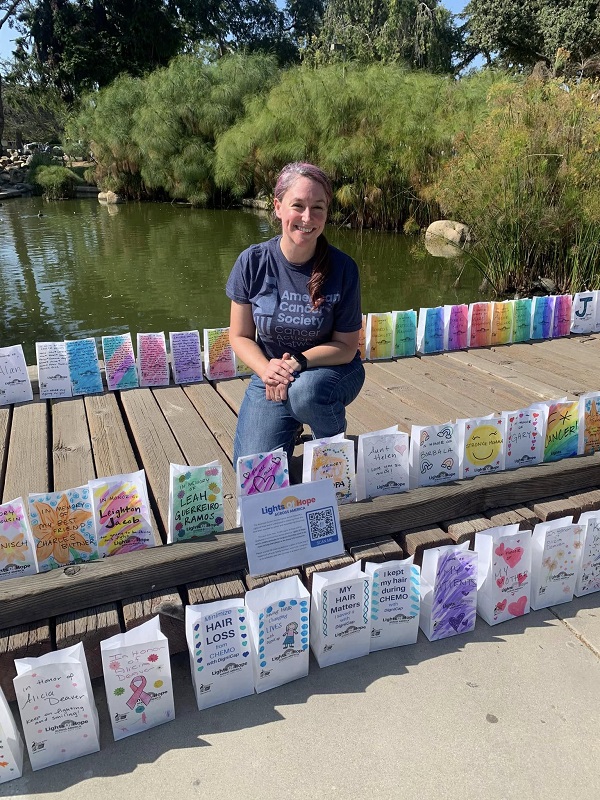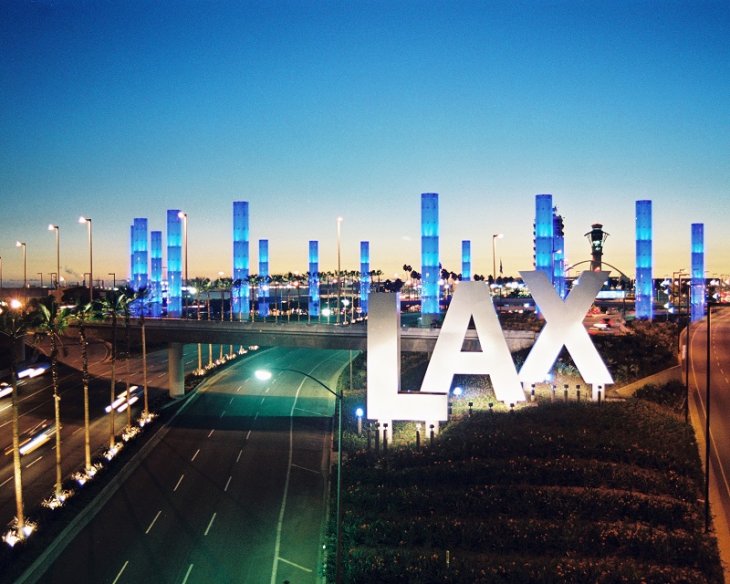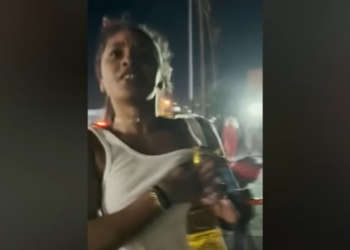Today our city is a built out metropolis with almost no vacant lots. However, if you came here 100 years ago, Santa Monica was mostly open fields. In fact the built out edge of the City had only reached about 11th Street with flat dusty open spaces continuing all the way east to the brand new VA at Sawtelle and Wilshire.
There was so much open space that Donald Douglas had his original airplane factory near Douglas Park (Wilshire and 25th). But the City was growing and single family buildings were sprouting up, usually in the California Bungalow or Craftsman style, in waves marching away from the beach. Most of those pre-1925 buildings have long since been demolished and replaced with 2-3 story apartment buildings with the historical densification of our beachside city.
But a small number have survived. In fact there is a cluster of these bungalows along the east side of 11th Street between Wilshire and Arizona that give us a feel of what life was like before the Dingbat apartment buildings and stucco conquered our city.
While this block has the best the collection of pre-1925 bungalows in the original city boundaries (which excludes Ocean Park) there are other scattered clusters elsewhere which may be future districts or individual landmarks.
Covering a span from 1904 to 1925, these were the homes of middle class residents, including three who were major contributors to the development of Santa Monica: Waldo K. Cowan built several bungalows throughout the city as well as on 11th Street and served on several city and organizational boards.
Joseph J. Rowe has been described in staff and architectural consultants’ reports as a master builder inspired by Greene and Greene. Two of his buildings are already Santa Monica Landmarks. Two of his earliest extant works would be included in this future historic district. And finally Kenneth Strickfaden, a Hollywood special effects genius famous for creating the pyrotechnics for the original “Frankenstein,” began his amazing career in his backyard workshop where he lived with his father and brothers at 1223 11th St.
The battle to designate this area of 10 lots as a Historical District has been going on for more than 29 years, starting when there was a massive community mobilization in 1989 to save a historic bungalow at 1253 11th St. While the Landmarks Commission upheld that designation, City Council failed in the subsequent appeal to protect it from demolition and the craftsman was replaced by a huge condo. Today there are still seven other adjacent buildings (2 have been somewhat modified) that would qualify as a historic district. The five unaltered buildings are already on the City’s Historic Resources Inventory. There are also three older apartment/condo buildings in the potential district, so the City’s historical consultant erroneously claimed that the district had no integrity. That is obviously a matter of opinion which will be adjudicated at the next Landmark Commission hearing where the case will be heard probably on May 14.
Before the hearing on the 11th Street Historic District, the Landmarks Commission will also be hearing another item that will have a long-term impact on the Mid-City Neighbors – the landmarking of a Sycamore tree at 1122 California Ave. advocated by a grass roots (or shall we say deep rooted) community group Save our Sycamore (SOS). This imposing, healthy, native specimen probably planted in 1922, is, as always, endangered by a homeowner who may cut it down. Again the Commission was ill-served by a consultant’s report that was erroneously construed to say the tree wasn’t worth landmarking. The Commission heard the neighborhood request for its landmark designation in February and will revisit this issue on April 9, 7 p.m. in City Council Chambers. Everyone is invited to attend and show support for this important tree.
Only five trees have been landmarked in the City and two have died. Trees, unlike buildings, have a limited lifespan, so when a tree achieves the stature of this one, it is well worth protecting as it may live another 200 years.
Our official landmarks are an insignificant number (about 130) compared to the total number of buildings (about 52,000 housing units not to mention other buildings) in Santa Monica. In addition, landmarking is rare, as we have designated only about one Landmark every year since the City’s 1875 founding.
In spite of their trivial numbers, they are our one dependable urban “clock”, ticking away years, decades and centuries, reminding us where our city was and where it is going. Like our few living centenarian residents, these buildings, trees, spaces and even an airport beacon, defied the odds and have survived countless threats of neglect, earthquakes, fire and demolition.
The only way to insure their continued survival is by landmarking them to legally protect them in perpetuity. An Historic District is a form of wholesale landmarking which is always more efficient than fighting each building’s landmark status one at a time. And while only God (for now) can create a tree, only man can landmark it. So I hope you all can attend the next few Landmark Commission meetings to landmark the Sycamore and establish the 11th Street Historic District.
While these initiatives already have massive community support from a full spectrum of organizations, for the Landmarks Commission to do their job properly they need massive community input. SM.a.r.t. hopes you can all be there April 9 and May 14. by Mario Fonda-Bonardi AIA for Santa Monica Architects for a Responsible Tomorrow.

Sam Tolkin, Architect; Dan Jansenson Building and Safety Commissioner, Architect; Mario Fonda-Bonardi, AIA, Planning Commissioner; Ron Goldman, FAIA; Thane Roberts, AIA; Bob. Taylor, AIA; Phil Brock, Arts Commissioner.





















